Intro: If you’ve ever watched any of Allison Slute’s Cabernet Franc videos on Instagram, you know she has a deep love and appreciation for that often misunderstood grape.
Terms like ‘pyrazines’ and ‘Turonian tuffeau chalk’ are uttered with great conviction and the depth of Slute’s knowledge on all things Cabernet Franc and how she intertwines history, winemaking technique, terroir and tasting notes from vast and eclectic array of Cabernet Francs is, frankly, a marvel (see her IG feed @CabFrancChronicles). That’s why we asked her if she would pen an article for Wines In Niagara putting Cabernet Franc in perspective with the terroir of Ontario, or more specifically, Niagara. Turns out, it’s not by accident that this grape is a superstar variety in Niagara in the hands of the right winemaker from the right vineyard. Slute, a wine professional whose career spans 14 years in the Canadian and U.S. wine industries, explains why in this love letter to Cabernet Franc (top photo is Cabernet Franc grapes in the Stratus Vineyard going through veraison by Elena Galey-Pride).
— Rick VanSickle, editor of Wines In Niagara
By Allison Slute
My relationship with Cabernet Franc began not as most wine enthusiasts would think. The majority of wine lovers who become disciples of a specific wine or style, usually come to their discovery through classic examples of the wine.
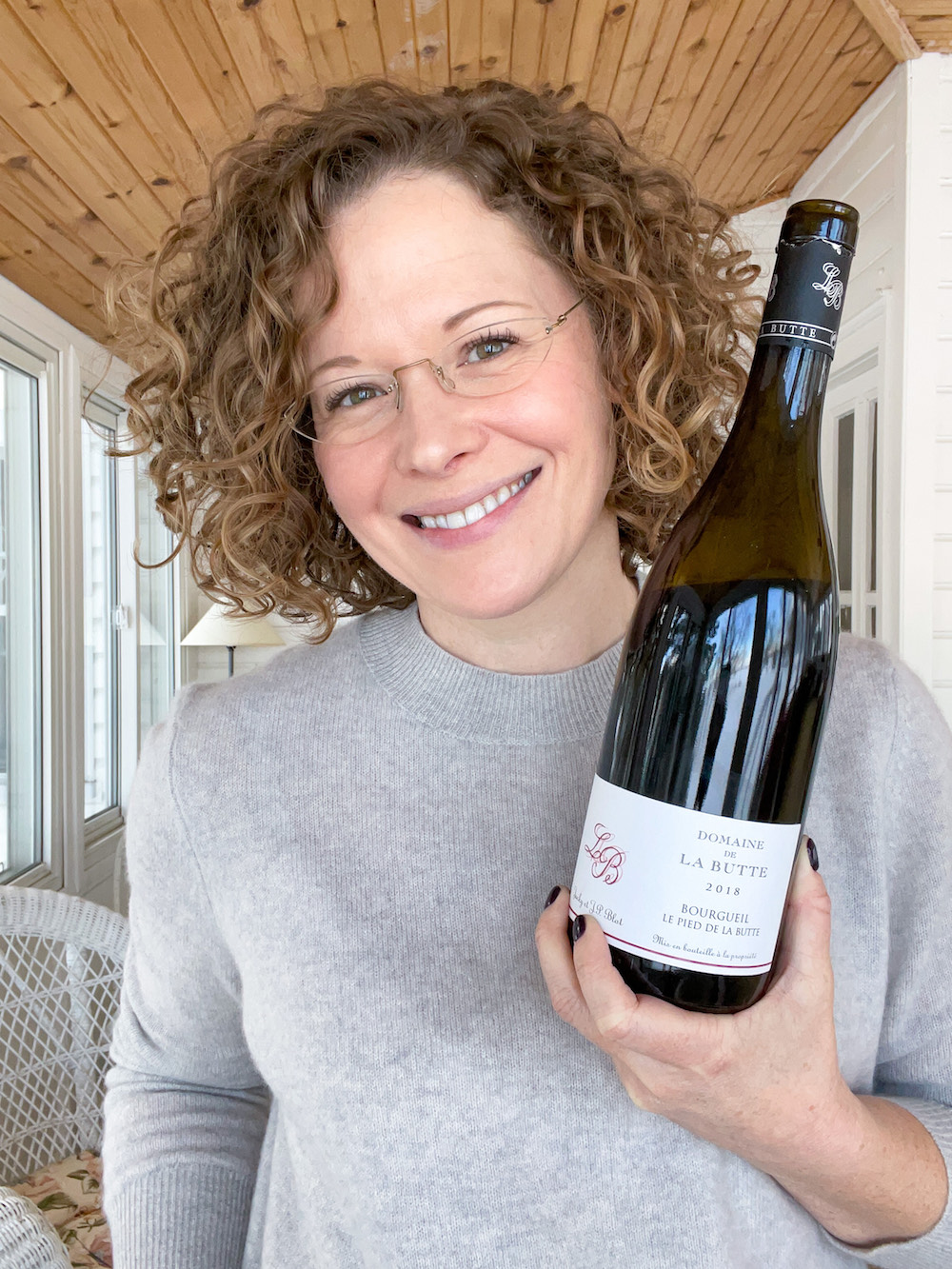
Perhaps it’s a pristine, minerally Riesling from the Mosel; Pinot Noir from Gevery-Chambertain, with its power and finesse; Chardonnay from Montrachet; the bready and complex sparkling wines from Champagne; the list goes on and on with these classic examples.
By following these examples, my Cab Franc epiphany should’ve been a great Chinon or Saumur-Champigny, or perhaps, if I was extremely lucky, a sip of Cheval Blanc from St-Emilion on Bordeaux’s Right Bank. Rather, my relationship with Cabernet Franc has more humble origins.
Speaking of origin stories, Cabernet Franc itself has a long and storied history. It is believed the grape’s birthplace is, in fact, not France, but the north of Spain, specifically the Basque Country, which hugs the Atlantic Ocean on the border of France and Spain along the Pyrenees Mountains.
Here the grape goes by the name Achéria. While the records are not 100% clear, it is believed that over centuries Cabernet Franc slowly migrated up the Atlantic coastline and settled in Bordeaux for a period of time before eventually arriving in the Loire Valley where it has since become the star red variety in the regions of Touraine and Anjou-Saumur in the middle Loire. It is here in the Loire where the first historical mentions of the grape believed to be Cabernet Franc date to the Middle Ages.
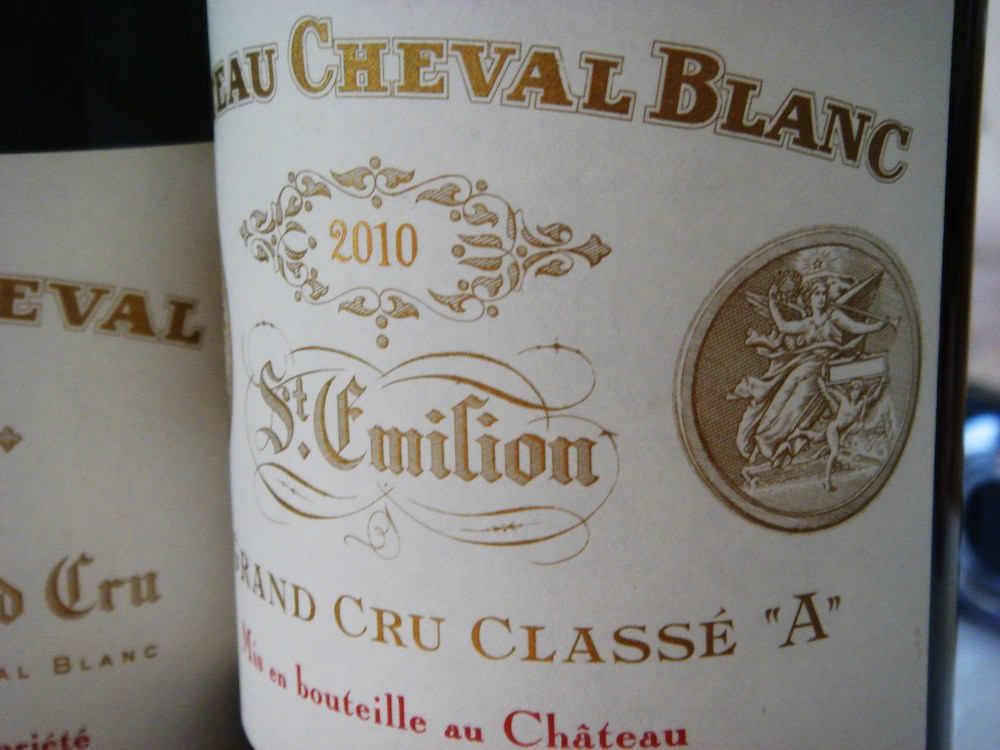
Now, Cabernet Franc’s time in Bordeaux is not one to gloss over. It is here, where over centuries, the grape naturally bred with other varieties to become the parent of two arguably more famous varieties: Cabernet Sauvignon and Merlot.
In fact, Cabernet Franc’s family tree is not limited to just these two varieties, and it is for this reason that Jancis Robinson and her team of writers and researchers who wrote the tome Wine Grapes have identified Cabernet Franc as a “founder grape” variety, and arguably one of the most important ancient wine grapes in the world.
Back on this side of the Atlantic, my own beginnings in the wine business are really what sparked my interest in this humble yet important grape variety. I got my start as export manager at Pillitteri Estates Winery in Niagara-on-the-Lake. Over the course of nearly eight years, I was fortunate enough to travel to many countries spreading the good word about Canadian wine.
Our main export was, of course, Icewine, but in nearly every market, we also presented a still white and red as a complement to our incredible line up of Icewines. Charlie Pillitteri and his family were early believers in the potential of Cabernet Franc to be a star variety for Niagara, and it was the red wine from our range that we knew we could present confidently on the international stage.
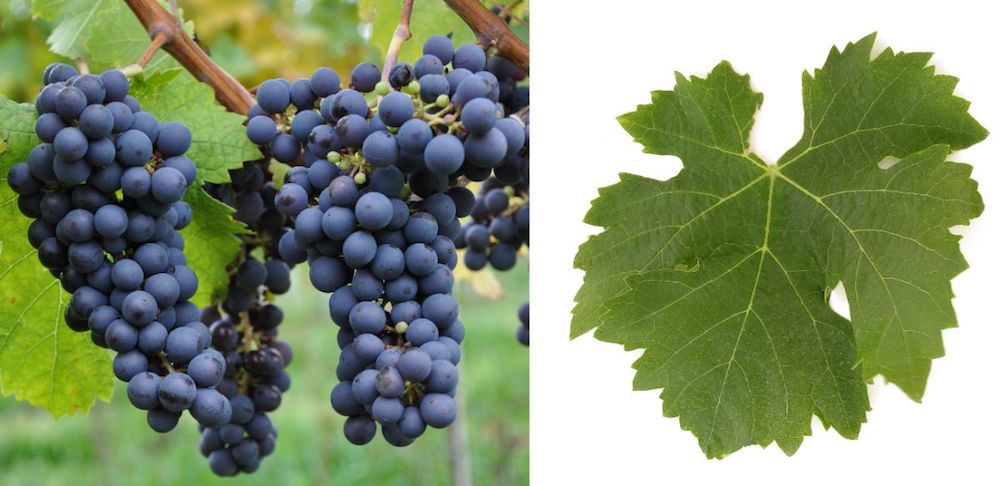
I recall after the great 2007 vintage, presenting our 2007 Estate Cabernet Franc at international trade fairs such as ProWein and Vinexpo, and watching wine professionals scoff after I politely asked to pour them a taste of our flagship red wine, and then simply say in response, “trust me.” After they had to pick their jaws up off the trade fair floor, blown away by the quality, balance and character of our Cabernet Franc, I knew that there was something truly magical about this combination of grape and place.
Because it is this — the marriage of grape and place — that makes the greatest wines in the world what they are. Vitis vinifera varieties are fickle; while many New World regions try to plant anything anywhere, the reality is that the grapevine will eventually will tell you where it is happiest. The great wine growing regions in Europe have had centuries of experience and natural selection under their belts to know what varieties work where — a luxury that a young wine growing region such as Ontario does not have. However, in this short period of time, Cabernet Franc is already starting to show signs of great promise on our terroirs.
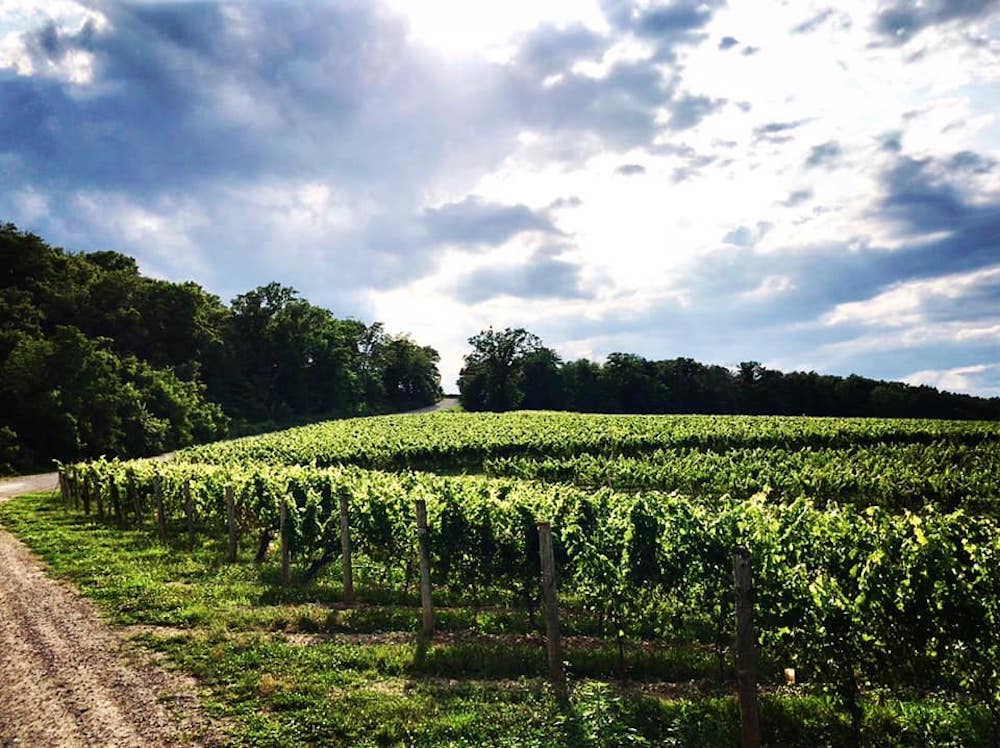
So why is this combination of the Niagara Peninsula and Cabernet Franc a match made in wine heaven? First and foremost, our climate is Cab Franc’s Goldilocks climate. Our summers are warm enough, but not too warm, as the grape doesn’t like it to get too hot. The winters are extreme for many grape varieties, but Cab Franc is a hardy grape variety and doesn’t get too bothered by our -10 C January days. Our northerly latitude, which hovers around 44°N and lies somewhere in between that of Bordeaux and the Loire, affords our vineyards longer sunshine hours during the summer months, which aids photosynthesis and ripening.
Our soils, which were formed after the last Ice Age when the glaciers receded and are derived from the sediments of the ancient Lake Iroquois, have the ideal combination of clay, silt, sand and gravel that Cabernet Franc loves. Finally, we need to talk about vintage variation, because we know that every year Mother Nature hands us something a little bit different, but Cab Franc isn’t fazed by this one bit – it shines bright in the cooler years as well as the warmer ones.
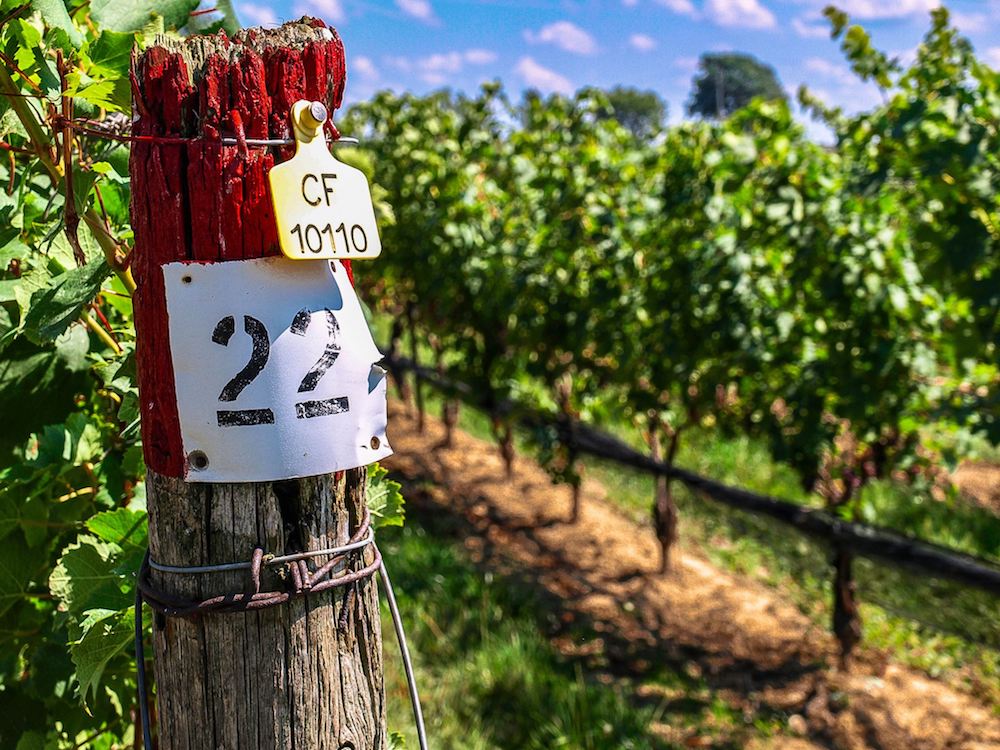
Now, one could argue that these conditions could work for many grape varieties, and we’ve seen that they do. But what makes Cabernet Franc truly a star variety is its diversity and versatility from our terroirs that is truly unmatched. In this short period of time, we are already beginning to see slightly different styles of the grape emerge from Niagara-on-the-Lake and the Niagara Escarpment.
In Niagara-on-the-Lake, as well as the sub-appellations that hug the shores of Lake Ontario, where the glacial top soils sit atop the red shale bedrock and the climate is slightly warmer, Cabernet Franc can produce a style of red that has a certain degree of roundness with a lush savoury fruit character. As we move south away from the lake and into the sub-appellations that make up the Niagara Escarpment, the soils of these slopes sit atop dolostone and sandstone bedrocks and the temperatures are a touch cooler, and the styles of Cab Franc here tend to be bit more linear and structured. While both distinctive in their own right, whether made in an early-drinking or more age-worthy style, they are unmistakably Niagara Peninsula Cabernet Franc.
If Cab Franc was only capable of producing world-class red wines from our terroirs, that might be enough to capture my heart, but the beauty of this grape and this place is it doesn’t stop there.
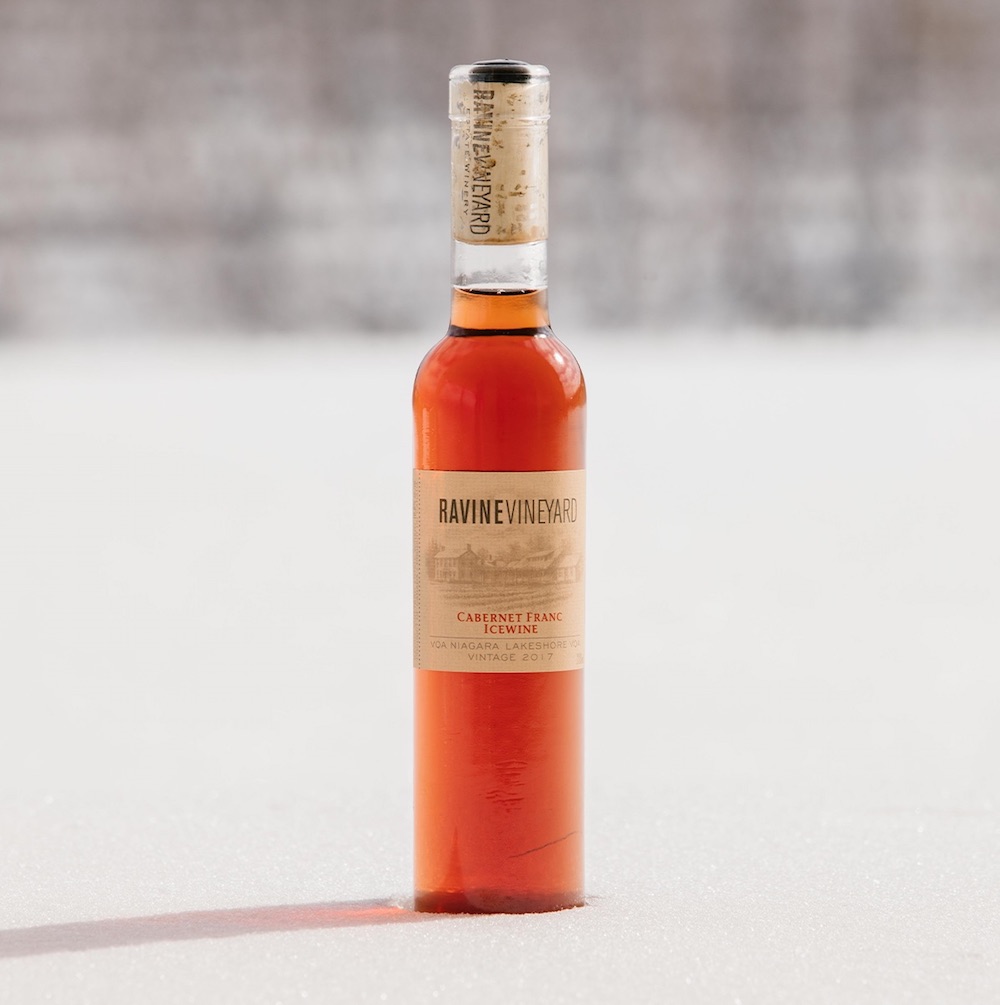
Cabernet Franc’s natural acidity, structure, character and good yields make it a workhorse capable of producing a multitude of styles beyond red wine. Niagara produces excellent Cab Franc rosé, a traditional style of the grape that dates to the 19th century in the Loire Valley, which if I had my way, I’d insist more wineries make 100% Cab Franc rosé! The variety also makes superb sparkling wine; whether it be traditional or charmat method, rosé or blanc de noir, Cabernet Franc does bubbles with the best of them. And, of course, we have Icewine – Canada’s gift to the world of wine. Cabernet Franc is Ontario’s No. 1 vitis vinifera variety for Icewine production, and that while Vidal accounts for about 80% of the province’s Icewine production, Cab Franc makes a style of red dessert wine that is unparalleled elsewhere in the world. So from start to finish, there is a Niagara Cab Franc for that!
Sure, Cabernet Franc doesn’t have the pedigree of Pinot Noir or Riesling. And no, a humble Cab Franc will likely never be the world’s most expensive wine on a Christie’s auction block. Nor will Cabernet Franc command the table like its offspring, Cabernet Sauvignon. But what it lacks in prestige, it makes up for in character and pure enjoyment. So yes, you could say that I am smitten with Niagara Cab Franc.
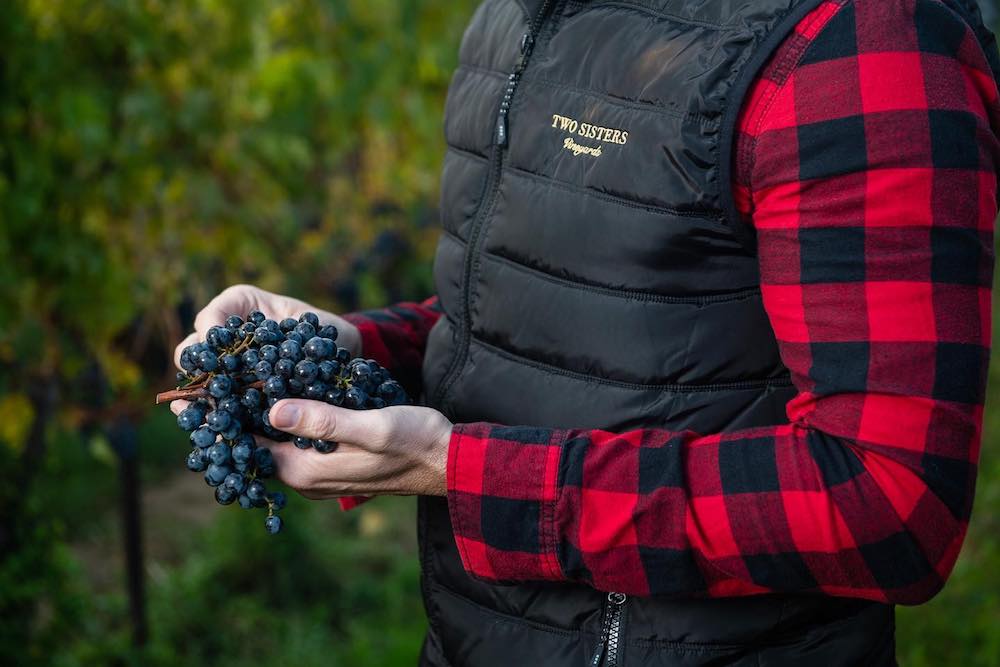
My experience with the variety in my own backyard has inspired a passion project that has me seeking out and examining the top single-varietal examples from the classic regions of the Loire and Bordeaux to less obvious places such as Hungary, Virginia, Argentina, and South Africa. All the while, looking for the magical combination of this grape and a place where Cab Franc shines the brightest.
Now, I would be remiss if I didn’t mention the people, because it is these passionate, humble Cab Franc flag-bearers that tend to Cab Franc’s fickle nature in the vineyard, and have learned to coax out its beauty and capture in the bottle, who tell the story of the special place where the variety is at its best.
In Niagara, we are fortunate enough to have a strong entourage of grape growers and winemakers who believe in this grape as much as I do, and are convinced that Niagara Cabernet Franc can go toe-to-toe with other examples from around the world, all the while with our own signature and with a degree of modesty and pride that are unequivocally as much traits of the grape as they are of us Canadians.
Here are some of my favourite
Cabernet Francs from Niagara
that are worthy of exploration
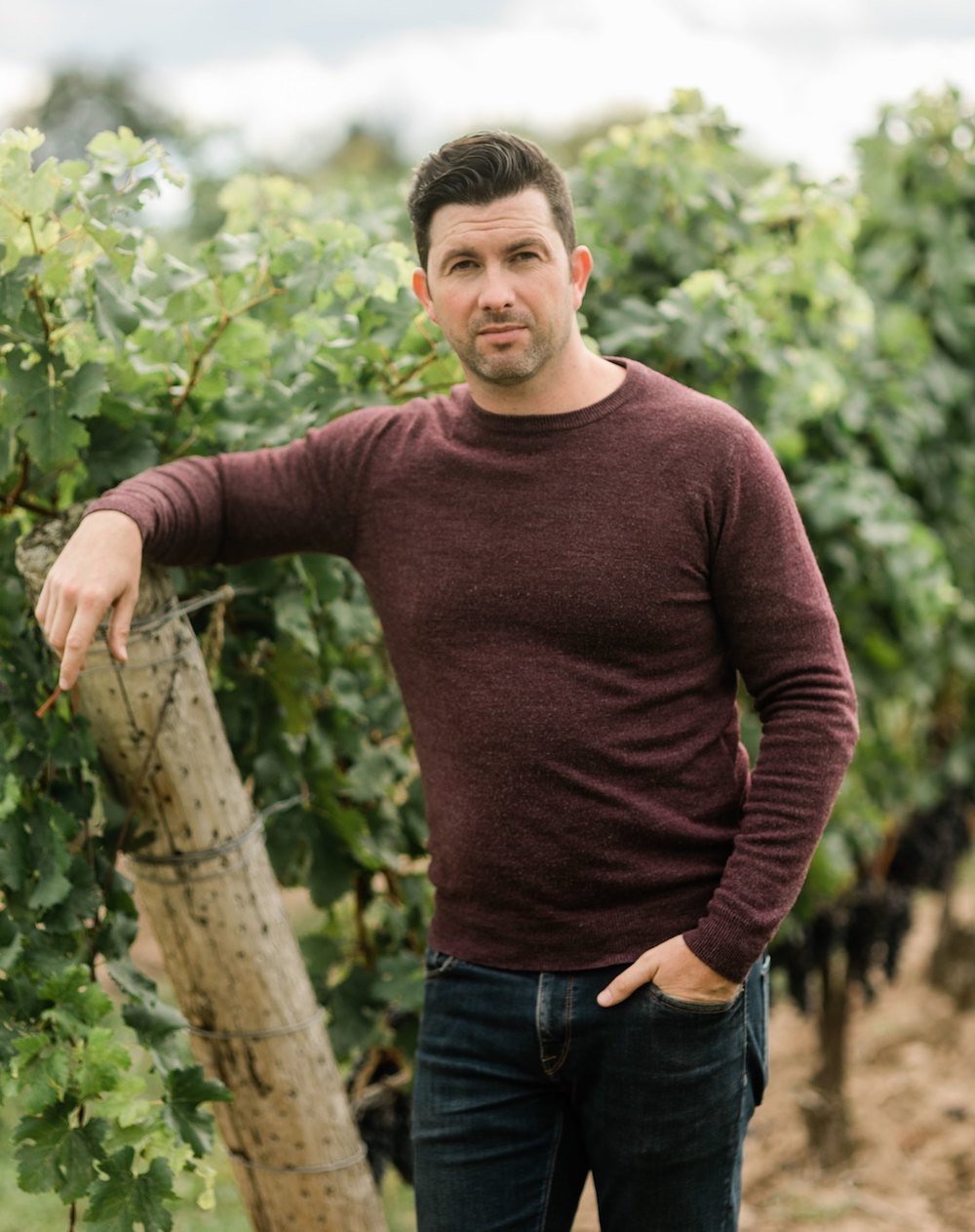
Two Sisters Winery, 2017 Blanc de Franc, Traditional Method Sparkling, VQA Niagara River, $61.80 (winery only) — Winemaker Adam Pearce took his love of Champagne and applied his knowledge to create a distinctive blanc de noir sparkling that is uniquely Niagara. The 2017 is his sophomore vintage for this wine, and the first release saw the wine rest on lees for 776 days (a little over 2 years). The wine has a fine, creamy mousse, and beautifully combines elegance as well as structure. What I love about the cuvée the most is how the varietal character of Cab Franc comes through with these notes of tart red fruits and a touch of herbaceouness for added complexity.
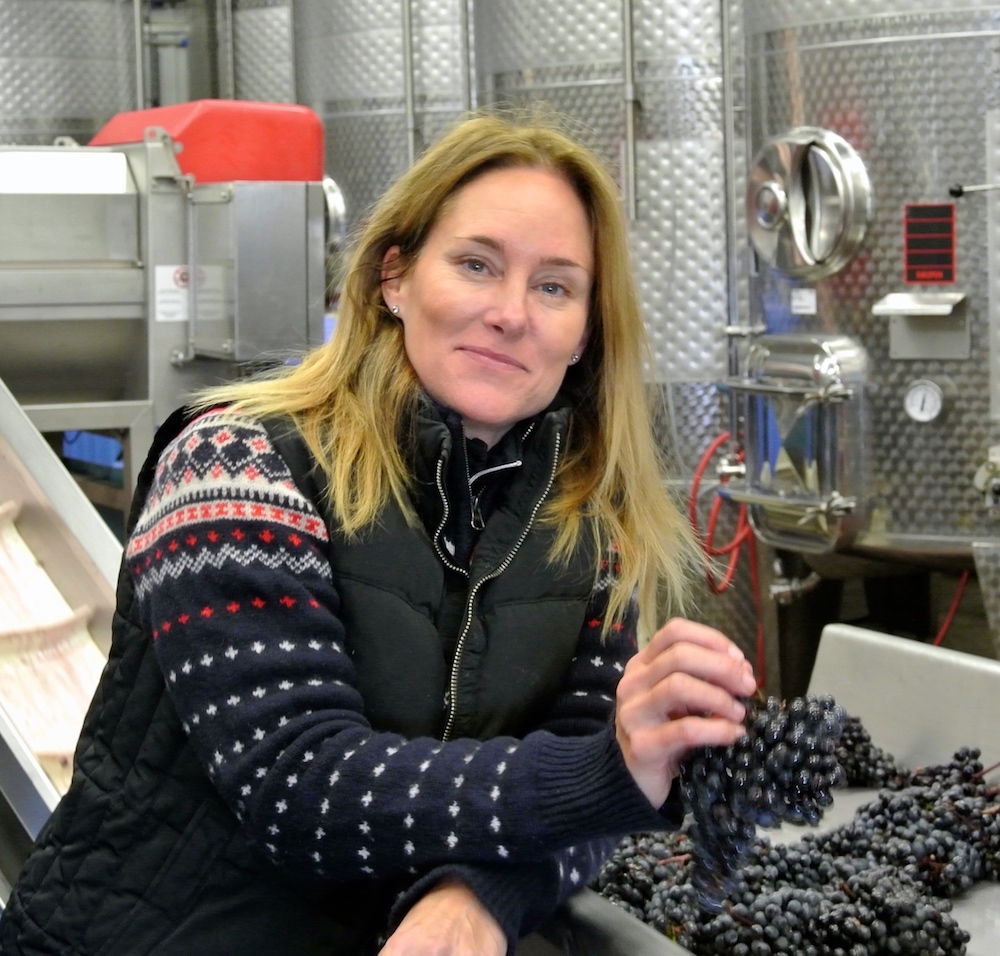
Honsberger, 2020 Cabernet Franc Rosé, VQA Creek Shores, $24.95 (winery only) — Kelly Mason is one of the great young winemaking talents in Niagara. She makes wine for not only Honsberger, but also Domaine Queylus, and until recently, The Farm. She is a big believer in Cab Franc’s potential in Niagara and loves it for its versatility. This rosé is everything I love about the grape in this style – the freshness and a complex mix of sweet and savoury fruits that make it a seamless accompaniment for all the vegetable-forward dishes of summer.

Featherstone, 2019 Cabernet Franc, VQA Niagara Peninsula, $19.95 (winery, LCBO) — This is my go-to choice for a great everyday Cabernet Franc from Niagara. Featherstone’s approach with this wine is to highlight the fruit profile by fermenting it all in stainless steel. The finished wine feels extremely honest and authentic to me. Easy-going fruit, balanced acidity and supple tannins, it drinks well on its own but will pair with just about anything. It’s a great value and simply delicious.
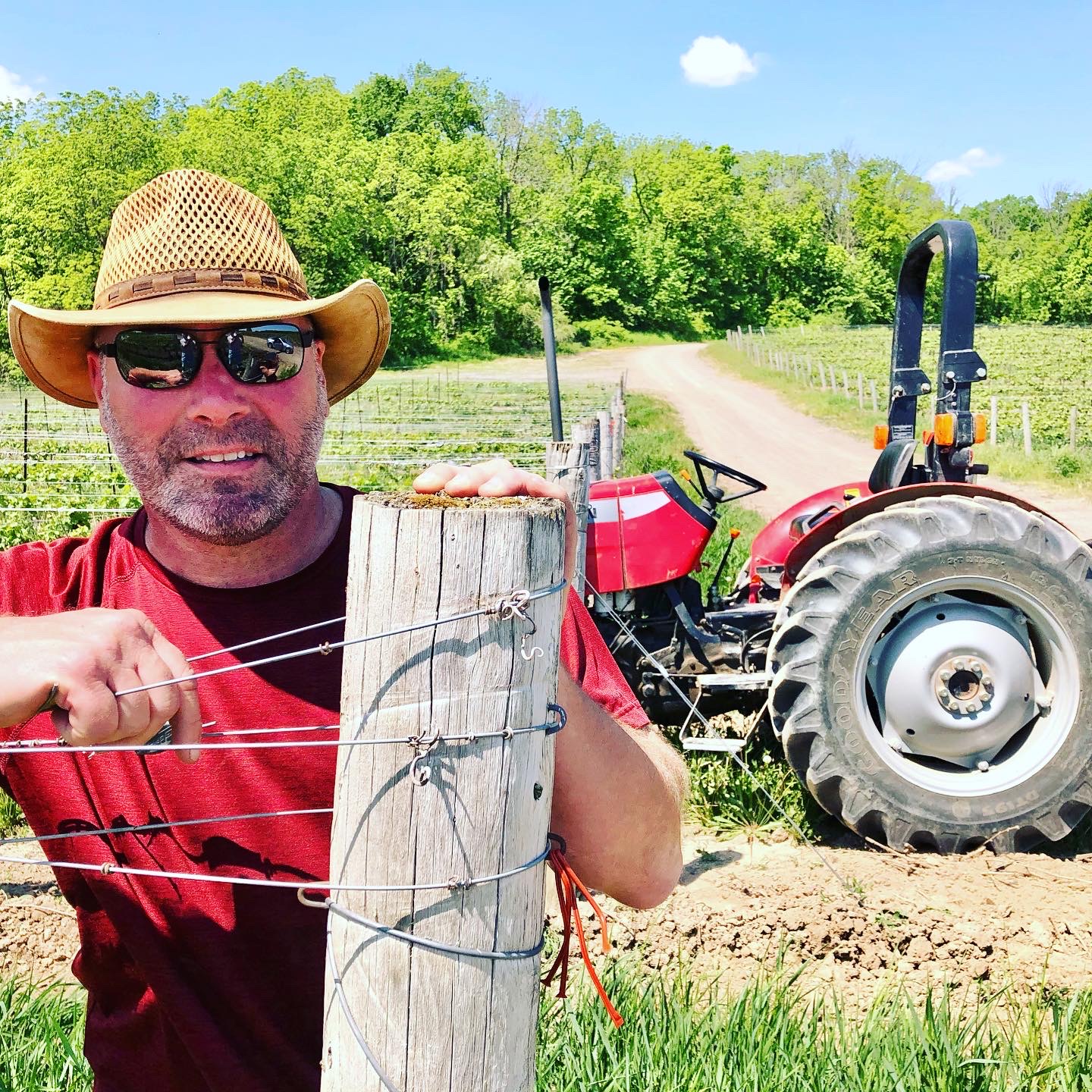
Vineland Estates, 2017 Bo-Teek Vineyard, Clone 214, VQA Twenty Mile Bench, $35.00 (winery only) — Brian Schmidt is one of Ontario’s greatest champions of Cabernet Franc. He has gone so far as to make many examples of single-clone, single-vineyard expressions of the grape. The Clone 214 is a clone that originates from the Loire and has adapted beautifully to the climate in Niagara. This block was planted in 2006 and the wine is aged in neutral barrels for 20 months. Vintage after vintage, this wine has the most incredible perfume of violets and red fruits. An extremely elegant and age-worthy example of Cab Franc from Ontario — and one of my all-time personal favourites.
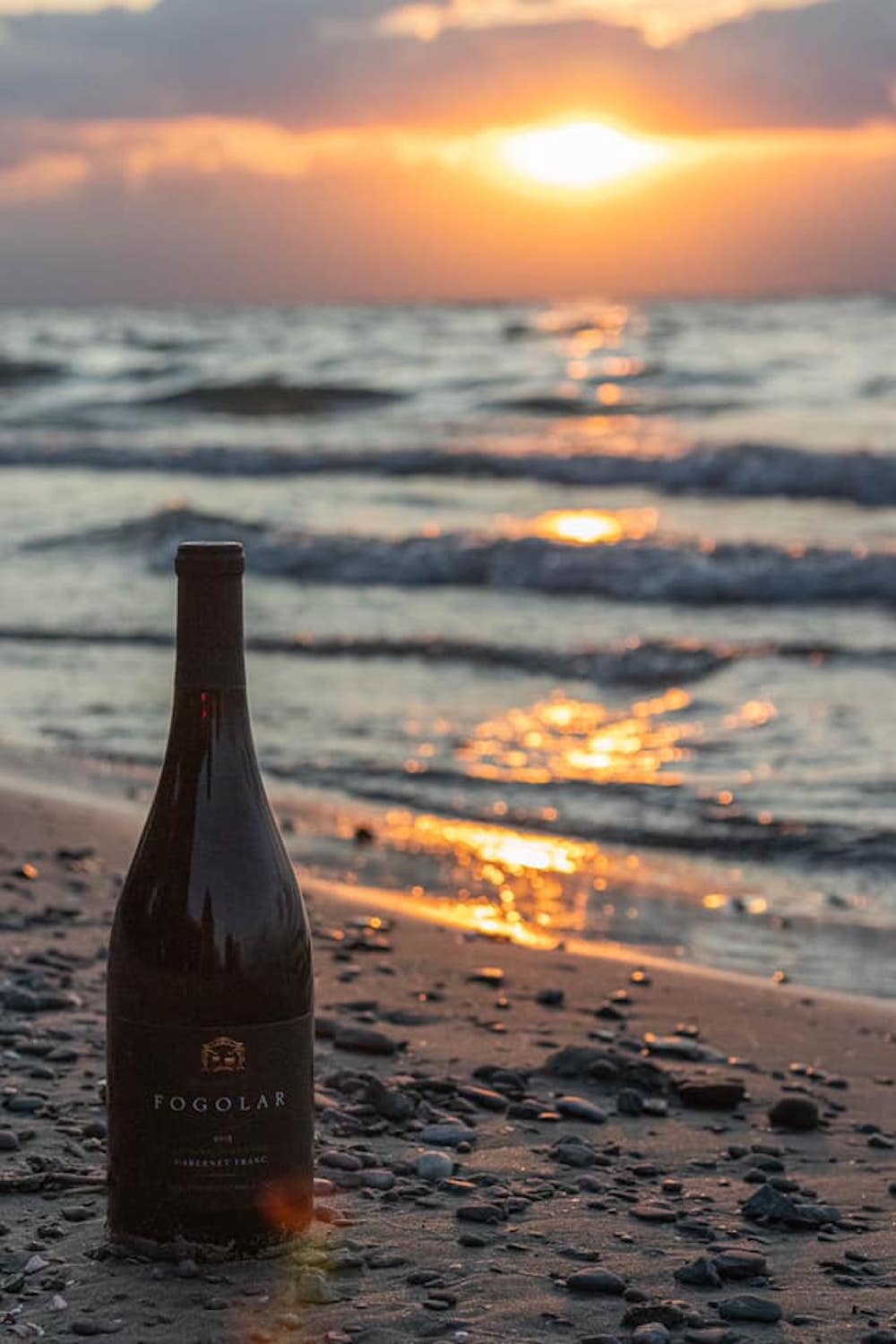
Fogolar Wines, 2018 Picone Vineyard, VQA Vinemount Ridge, $39.95 (winery only) — The Picone Vineyard is one of the great Cab Franc sites in Niagara. If Ontario had a cru system like in France, I would call this at least a “premier cru” site for Cabernet Franc. Planted in the early 1980s, these are some of the oldest Cab Franc vines in Ontario. Marc Pistor has been vinifying the fruit since 2014 under his label Fogolar Wines. The wine is densely structured and concentrated. This is one for the cellar.
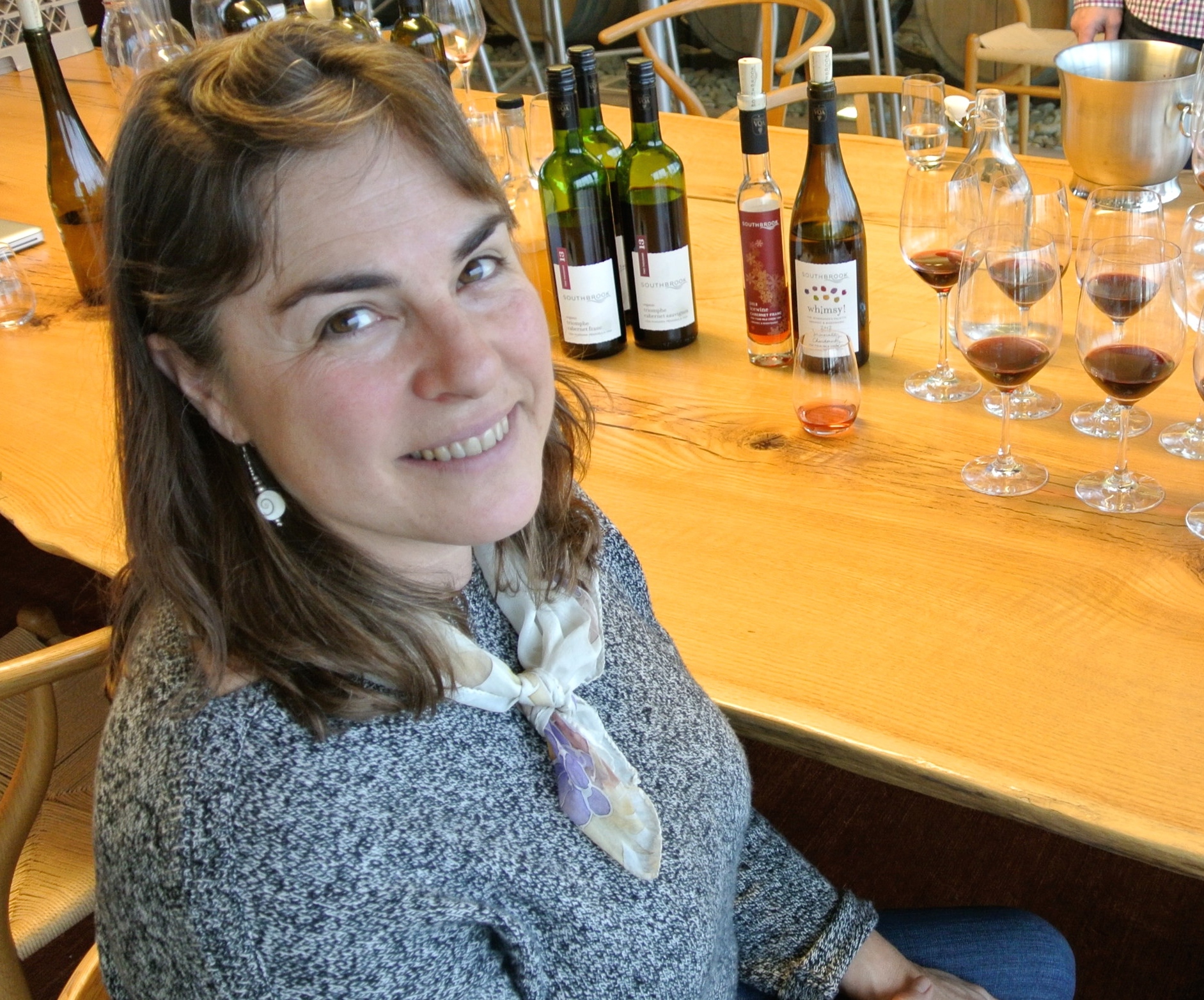
Southbrook Vineyards, 2018 Laundry Vineyard, VQA Lincoln Lakeshore, $34.80 (winery only) — This is another single-vineyard Cab Franc I always recommend. Farmed by Heather Laundry, these Cab Franc vines are 35+ years old, the soils here are a combination of sand and silt. The wine has a fine perfume and silky tannins, and whether it is a cool vintage or a warm vintage, this vineyard shines through in this wine. It drinks well in its youth and rewards with time.

Trius, 2017 Red Shale, VQA Four Mile Creek, $55 (winery only) — Coming from the Clark Farm Vineyard, the vines were planted in 2006. The 2017 vintage is a sleeper vintage in my opinion – a cool, wet summer was followed by a gloriously warm and sunny September and October, which saved this vintage – and it produced some exceptional Cab Francs that shouldn’t be overlooked. This wine is unmistakably “Niagara Peninsula Cab Franc” in terms of its fruits profile, spiciness and tannin structure.
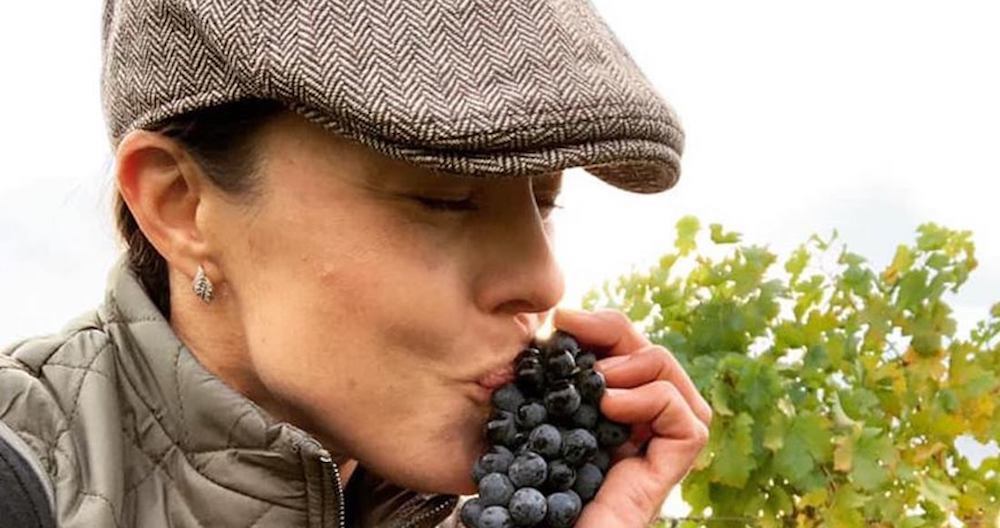
Ravine Vineyard, 2019 Cabernet Franc Icewine, $44.90 for 200 ml (winery only) — I could not talk about my love of Cabernet Franc without mentioning an Icewine. Lydia Tomek has been making wine in Niagara for nearly 20 years and she is a huge believer in Cabernet Franc’s versatility and potential for greatest coming from Ontario soils. Her first vintage at Ravine was 2019, and she made not only Icewine and red wine from Cab Franc that year, but also rosé and a rosé sparkling too! Her 2019 Cab Franc Icewine is sublime. Plenty of natural acidity to balance the residual sugar, this is like strawberry-rhubarb pie, but in wine form — not to be missed!
About Allison Slute
Allison Slute is a wine professional whose career spans 14 years in the Canadian and U.S. wine industries. She is the creator of the Instagram page @cabfrancchronicles where she explores and analyzes the expressions of Cabernet Franc from terroirs all over the world. When not sipping on Cab Franc, she works for Le Maître de Chai Ontario, a boutique wine import agency based in Toronto. She is currently pursuing her WSET Diploma certification with an expected completion date of October 2021.


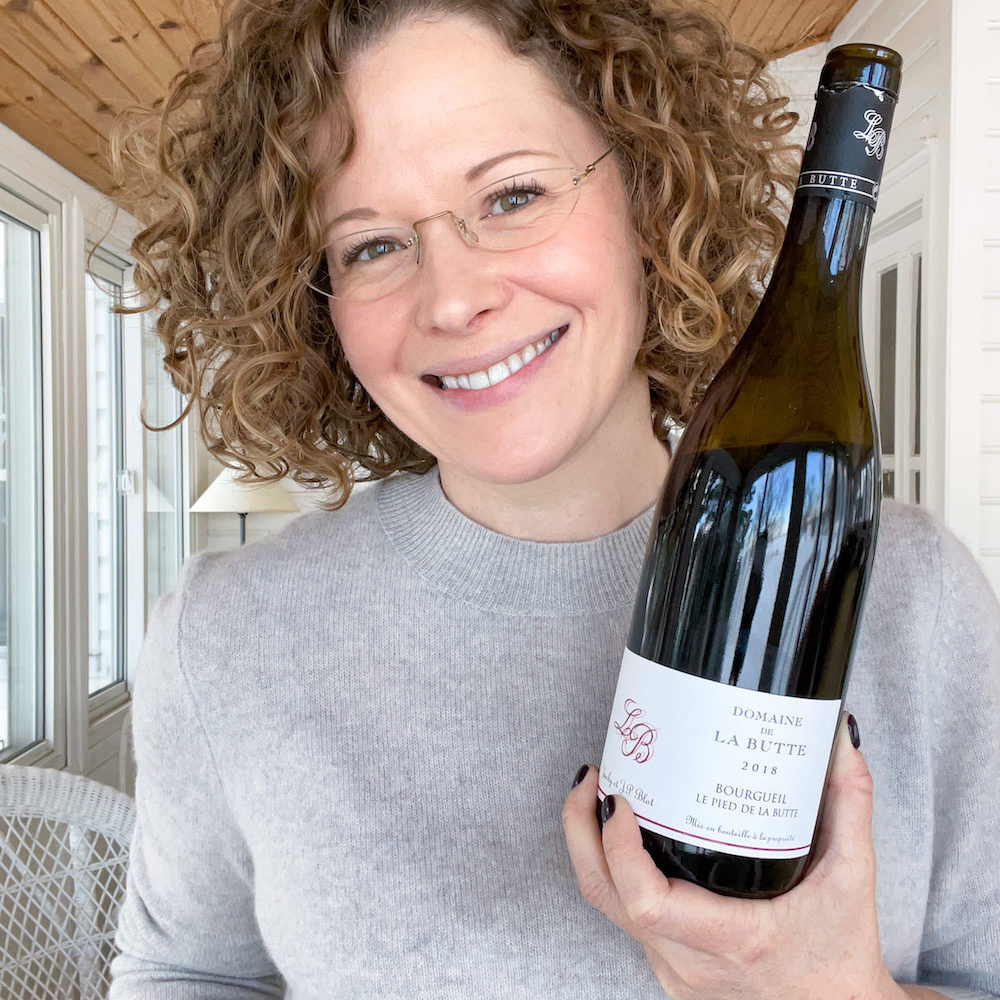



I greatly enjoyed your article about this relatively under appreciated grape. I’m a home winemaker and grape grower from Northern Ontario who occasionally travels to Niagara to get grapes from Watson’s Vineyard in Niagara on the Lake. I’ve been making both pure Cab Franc as well as blending it with Merlot to make a Right Bank Bordeaux blend. I’ve been happy with the results but find that neither the 2019 nor the 2020 are really ready for drinking yet. I expect that after 3 years in the bottle it should start to shine.